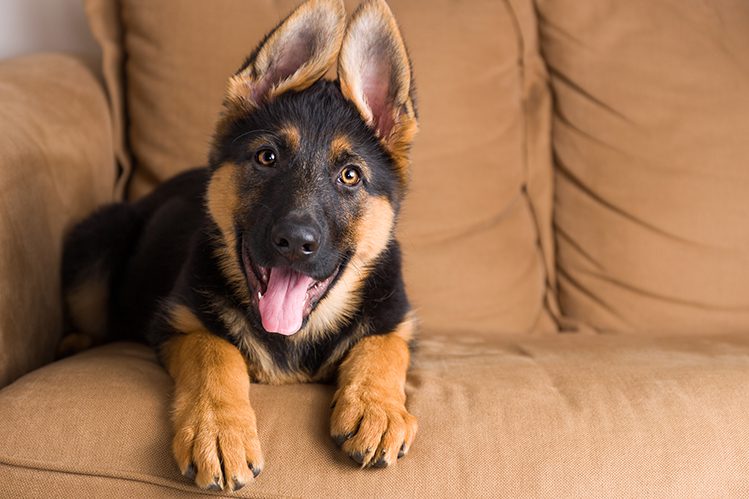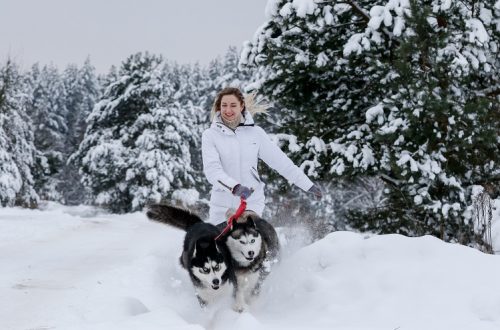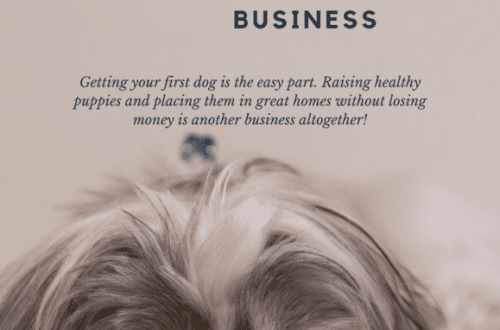
What you need to know about German Shepherd ears?
When do the ears of a German Shepherd go up? Do they need help? What if only one ear rose? About this and much more in our article.
According to the breed standard, the German Shepherd’s ears are erect and pointed, set vertically and parallel to each other (not spread apart). Broken and hanging ears are unacceptable and belong to the vices of the exterior.
The exception is puppies up to three months old! Their ears can be of almost all shapes and sizes: large, hanging, semi-erect, lopsided, and sometimes there is only one ear. All this is normal and does not require special attention from the owner, except for a light daily massage of the auricle and providing the puppy with a balanced diet.
The shape of the ears depends on the condition of the cartilage. In a puppy, they are soft and are just beginning to thicken and harden. Over time, the cartilage will turn into an elastic cartilage plate, and the dog’s ears will take on the desired shape.
Puppies are like children: each individual and develops at their own pace. While the puppy is small – you should not worry. Let the baby grow in peace: he has nowhere to rush!
But if the puppy is already 4-5 months old, and the ears have not risen, this is a reason to seek advice from a breeder and a veterinary specialist. It is better not to hesitate with this: after 6-7 months, it is much more difficult to correct the shape of the ears.
The ears of the German Shepherd begin to rise at the age of 1,5 to 2 months. They should fully rise by 6-8 months.
A healthy thoroughbred puppy up to 4-5 ears does not need to be specially set. However, in some cases, it is necessary to start gluing the ears according to a special scheme from the age of 3 months. The correct gluing of the auricle recommended by the breeder will prevent the formation of cartilage fractures and the formation of an incorrect position.
The main task of the owner is to provide the pet with proper care. It includes: high-quality balanced nutrition, active games, timely vaccination, parasite treatment, proper ear cleaning, protection from injuries.
The correct shape of the German Shepherd’s ears is a consequence of genetic and physical health, as well as proper care.
In a small puppy, the ears may not stand due to age. But this is not the only reason. There are factors that interfere with the proper formation of cartilage, and with it the shape of the ear.
1. Unbalanced diet. Without a quality diet anywhere! The lack of calcium and phosphorus in the body, as well as collagen, prevents the proper formation of cartilage tissue. If the puppy has the wrong diet, his ears may not rise. Improper nutrition implies not only a low, unbalanced quality of food, but also its inconsistency with the needs of the puppy, including in terms of servings. The puppy should receive exactly as much as he needs. Avoid overfeeding!
2. Inactive lifestyle. Optimal physical and mental stress is the basis for the harmonious formation of all systems of his body, including cartilage tissue.
3. Past diseases. Ear inflammation, otodecosis, as well as serious infectious diseases can interfere with the proper formation of cartilage. They slow down the physiological development of the body. In such cases, the puppies’ ears rise later than usual or remain lop-eared.
4. Ear injuries. Congenital and acquired injuries can affect the shape of the ear. For this reason, it is better to avoid situations when puppies, while playing, pull each other’s ears, etc.
5. Inappropriate conditions of detention and stress.
6. Genetic factors. If the puppy’s parents had problems with the shape of the ears, they can be inherited with a high probability. When buying a puppy, be sure to immediately ask the breeder at what growth periods what specific ear care is required, taking into account the peculiarity of the line from which the puppy comes. In some lines, there are practically no problems with the strength and set-up of the ears, while in a number of others it is required to start gluing the ears and adding special collagen-containing additives from the age of 3 months.
If you suspect that your German Shepherd’s ears are developing abnormally, contact your veterinarian and breeder. They will allay your concerns or suggest ways to fix the problem.
Quite often, the following picture can be observed: at 2-3 months, the puppy’s ears rose, and at four they fell again. Why is this happening?
The most common cause is teething. This period coincides with the period of active formation of cartilage tissue. The emerging teeth, as it were, “pull” most of the phosphorus and calcium onto themselves, so the ears can droop again.
Don’t worry: by 7 months the teething will be complete and the ears will rise again. Pay special attention to the balance of nutrients, minerals and vitamins in the puppy’s diet during the period of teeth change and active growth of the bones of the skeleton.
The basis of the basics of ear formation is the correct care of the pet, which the owner must provide at all levels of development.
With proper care, the absence of diseases and genetic characteristics of the particular line from which the puppy comes, the ears will rise in due time without outside interference.
If something interferes with the harmonious formation of the ear cartilage plate, the ears can be helped. How to do this – will tell the specialist (dog handler of the club, breeder, veterinarian). Methods always differ depending on the characteristics of a particular puppy, and you should not engage in amateur activities. Incorrect manipulations can negatively affect the cartilage and only worsen the shape of the ear.
What will the veterinarian recommend? Depending on the specific case, the puppy may be prescribed additional vitamin-mineral complexes, collagen-containing preparations (nutritional supplements and gels), a simple ear massage that can be done right at home, as well as a special “pasting” of the ears, which is best done by a specialist.
We wish you not to worry for no reason, and let your puppy’s ears be the most beautiful!





